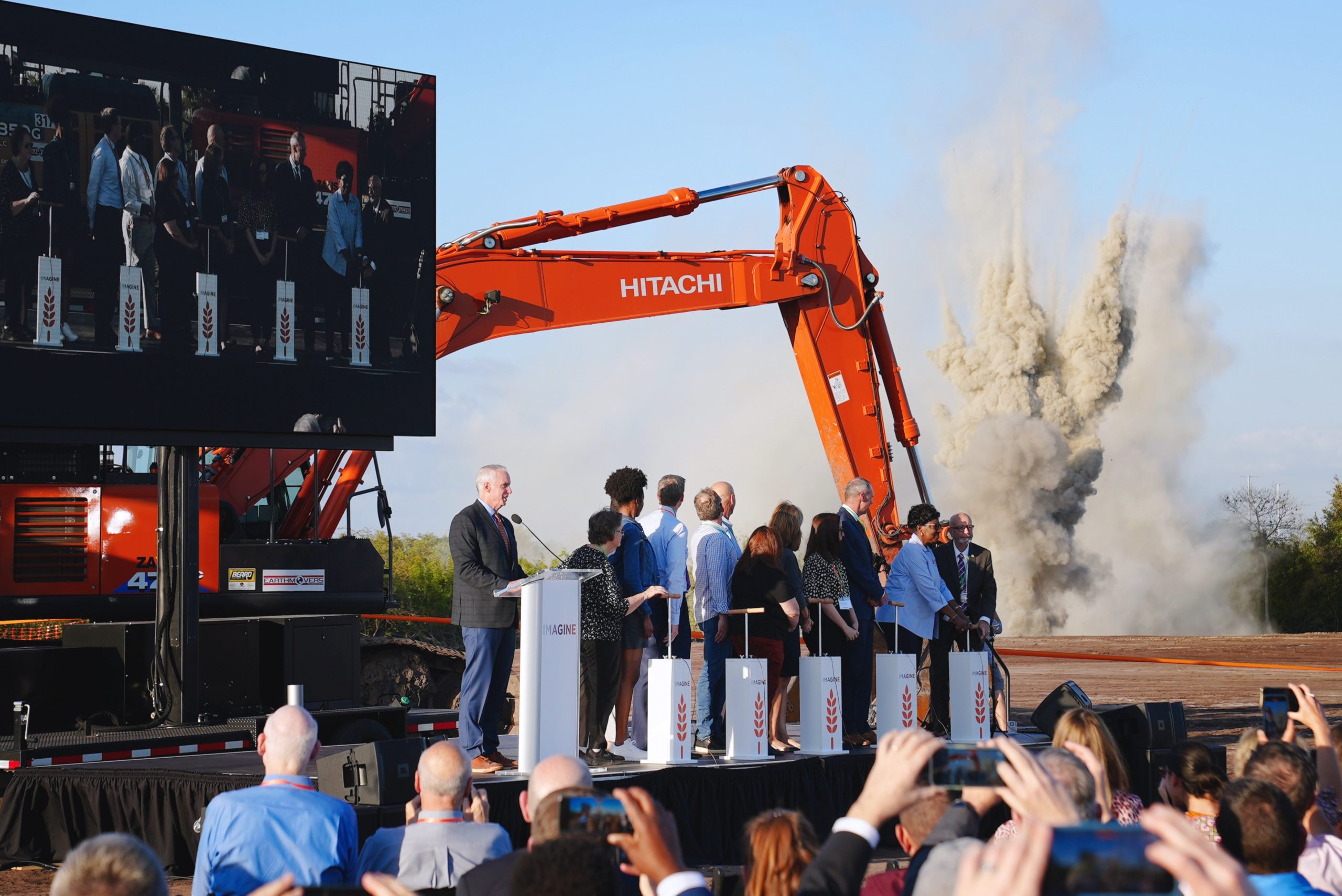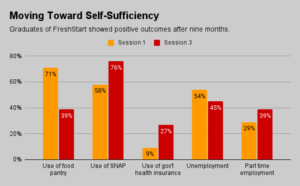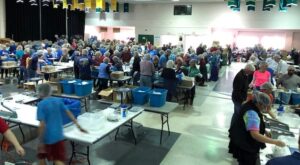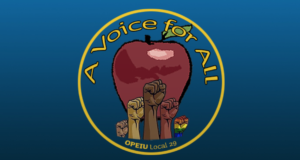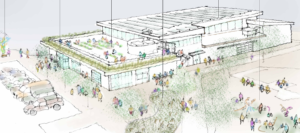For a small but growing number of food banks, distributing food is no longer enough.
These food banks, including Feeding Tampa Bay and Greater Cleveland Food Bank, are re-orienting their operations to support a range of services that go beyond providing basic hunger relief. The wider scope is evident in the partnerships they are striking, and in the new spaces they are creating to tie an expanded set of services together.
The movement stems from a greater understanding of the challenges facing the food-insecure. People run out of money for food because they are trying to meet other expenses like housing, healthcare, transportation or utilities. Despite these other pressing needs, people tend to turn to charitable food first, because – with 60,000 food pantries and programs dotting the nation – it is the easiest type of assistance to access. (More on this here.)
All of that puts food banks in a rare position. As the most likely entry point for social services, food banks have an opportunity to not only feed clients, but steer them to other types of assistance. A handful of food banks are pioneering new methods of doing that.
“We do believe we have a unique opportunity and a unique responsibility,” said Thomas Mantz, President and CEO of Feeding Tampa Bay. “Which led us to develop what we call a community service model, as opposed to a food bank model.”
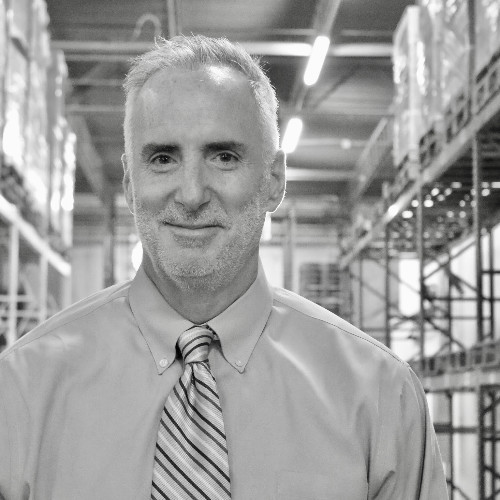
The result of thousands of hours of community interviews, Feeding Tampa Bay’s new community service strategy centers around a new $58.5 million, 215,000-square foot facility, called the Opportunity Hub, in which 50% of the non-warehouse space will be dedicated to a variety of community partners. For example, a clinic will provide healthcare services, a financial firm will offer help in financial literacy, and an insurer will offer insurance options. A central feature of the Opportunity Hub will be a grocery-store-style pantry.
The facility, slated to open in February 2024, is being built like a mall so the storefronts are available both through the interior lobby, as well as from the exterior, to accommodate a variety of open hours. Feeding Tampa Bay’s Trinity Cafe, which currently operates as a meal service available once a day, will operate more like an all-day bistro where people can show up whenever they want. “There’s a lot of experimenting we want to do to get the mix right,” Mantz said. Over time, the food bank anticipates building up to 10 smaller versions of the Opportunity Hub to make localized services available throughout its ten-county, 9,000-square-mile service area.
Like many food banks, Feeding Tampa Bay already offers various wrap-around services and has partnerships with other community service organizations. The Opportunity Hub is a much more intentional effort to make those partnerships click. “We understand the infrastructure needs to be there,” Mantz said. “Both the physical plant and the intent.”

Greater Cleveland Food Bank, which moved into a new 197,000-square-foot warehouse in October, is now repurposing its original warehouse to become a Community Resource Center. The facility, to open in September, will house a grocery-store-style pantry and about 10 non-profit partners in areas including healthcare, housing, financial literacy, clothing, workforce development, and even kindergarten readiness. The Center is part of a three-phase, $79 million expansion project that also includes the creation of at least two smaller food resource centers within the food bank’s service area.
The food bank’s outreach team will be based out of the new Community Resource Center and will serve as a concierge service in the building’s lobby, directing people to whatever services they might need. “Our hope is that this becomes a national model that we can share with other food banks,” said Jessica Morgan, Chief Programs Officer.
The food bank’s desire to co-locate its community partners in the same physical space stemmed partly from a pilot it participated in. During the pilot, families succeeded in saving extra emergency cash when the food bank used a case-management approach to help them work closely with a financial literacy partner. “Having constant access to someone they could sit down with and talk to versus being handed a pamphlet … helped to benefit that household more than anything,” Morgan said. “So bringing all those resources under one roof and making it more convenient for people who are struggling is a primary goal of this space.”
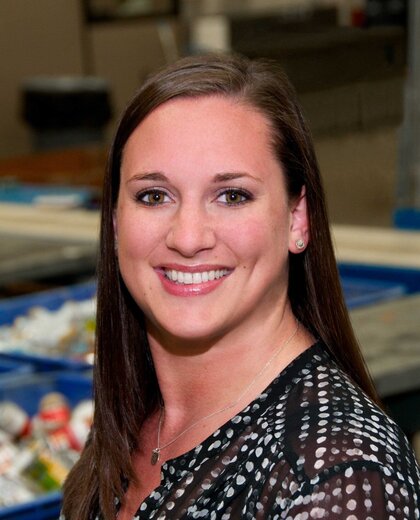
Food banks are not the only organizations that see value in co-locating a number of community partners under one roof. In California, Fresno Mission, a provider of services to the homeless, is bringing about 20 social services groups together within a new $30-million, 180,000-square-foot facility called City Center to address a variety of needs including mental and physical health, homelessness and unemployment. Fresno-based Central California Food Bank is taking part by operating a 3,000-square-foot “free grocery store” within the facility, said co-CEO Natalie Caples. “We’re one of the partners that said we want to do something to be able to meet the comprehensive needs of individuals in our community,” she said.
As food banks begin to shift their focus from only providing food to addressing a range of other social needs, they are also shifting their thinking about how to measure the impact of their work. Traditionally, food banks have been able to measure their success by the amount of food they distribute, but measuring social outcomes is a different matter.
Handily for Greater Cleveland Food Bank, many of the partners in its Community Resource Center already use software from Unite Us, as does the food bank. The Unite Us software is designed to manage the full spectrum of social care, including tracking enrolled individuals and measuring outcomes. The food bank will be hosting meetings with Unite Us and all of its co-located partners to discuss new types of outcome metrics. “How do we track households through a continuum of services and ultimately document that it’s been successful?” Morgan said.
Feeding Tampa Bay also sees the need to embrace outcomes versus outputs, Mantz said. “We have to shift our thinking in the way we’re approaching our community in our work,” he said. “It is important and noble to provide food, and that will always be foundational to who we are. But we have to be much clearer about what success is going to be defined as in the future.” – Chris Costanzo
PHOTO, TOP: Feeding Tampa Bay broke ground on its new Opportunity Hub in early February.
Like what you’re reading?
Support Food Bank News
This article was made possible by the readers who support Food Bank News, a national, editorially independent, nonprofit media organization. Food Bank News is not funded by any government agencies, nor is it part of a larger association or corporation. Your support helps ensure our continued solutions-oriented coverage of best practices in hunger relief. Thank you!
Connect with Us:
